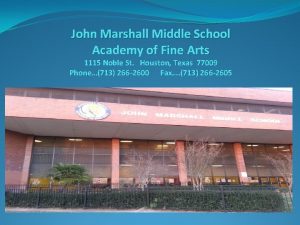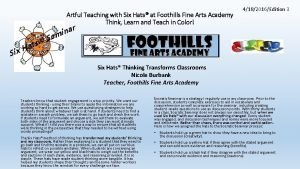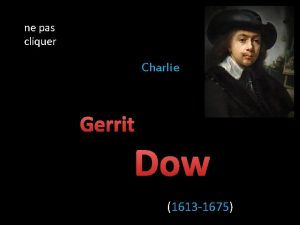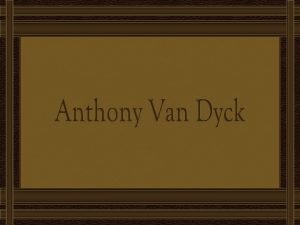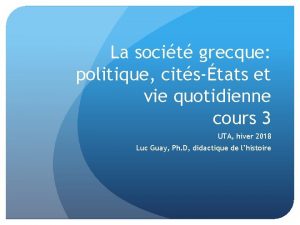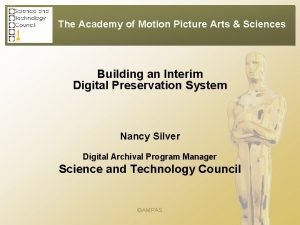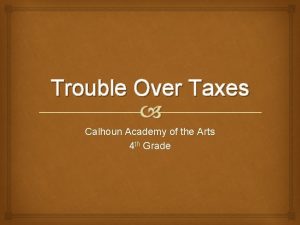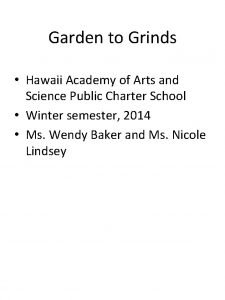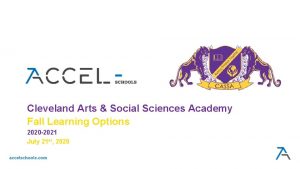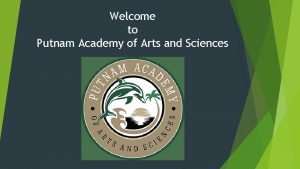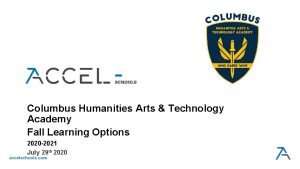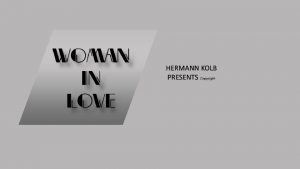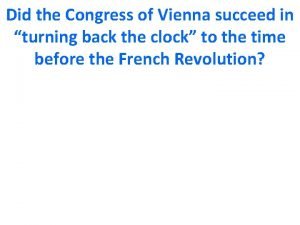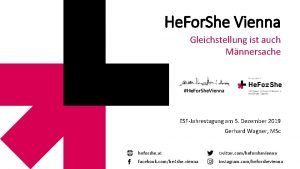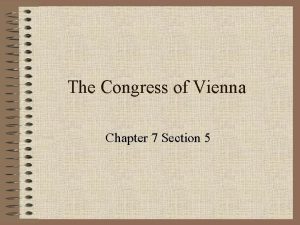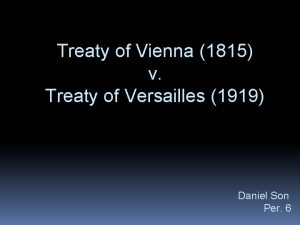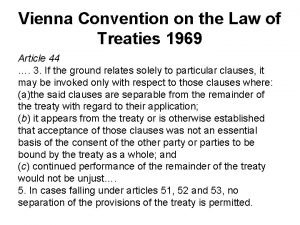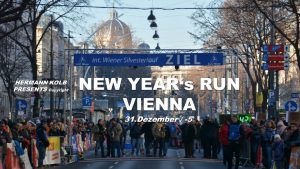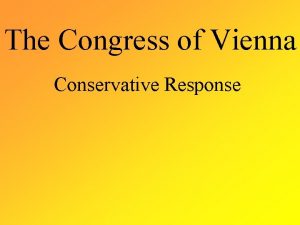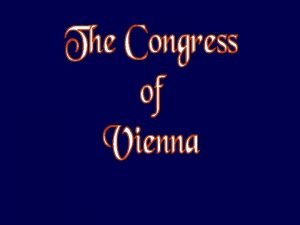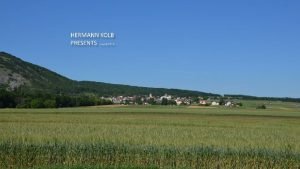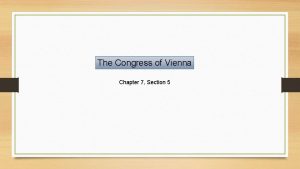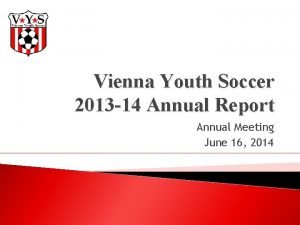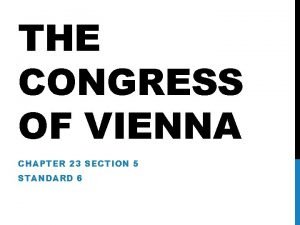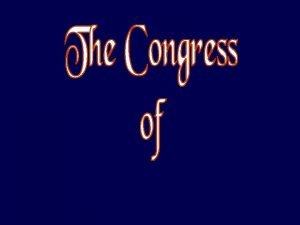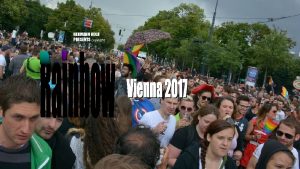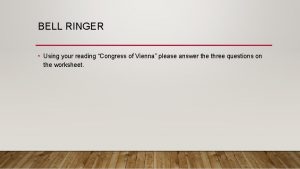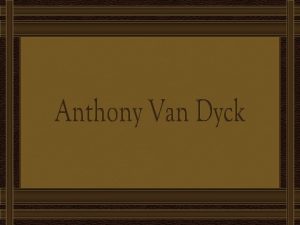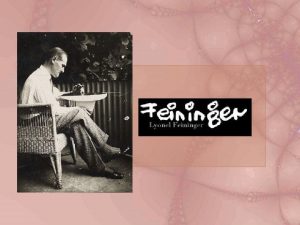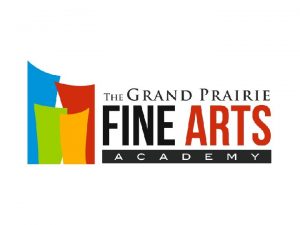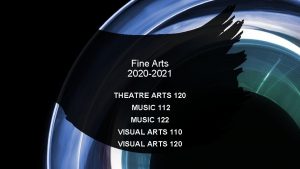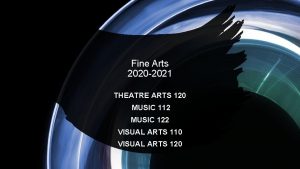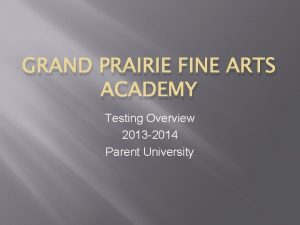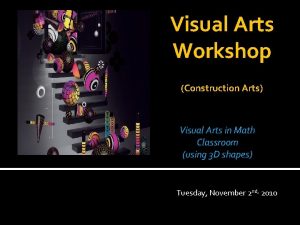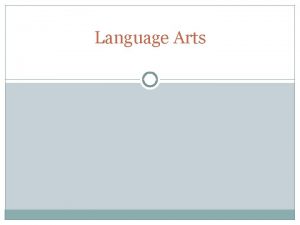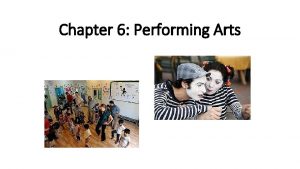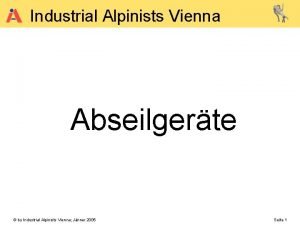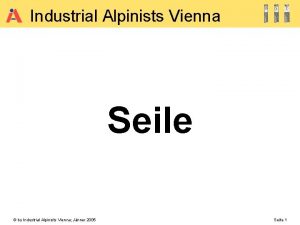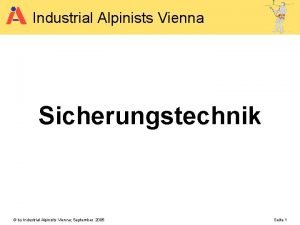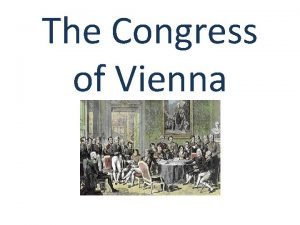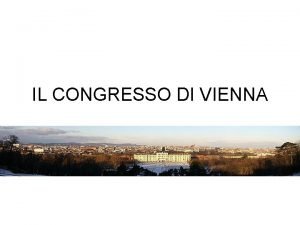SelfPortrait 1613 14 Academy of Fine Arts Vienna








































- Slides: 40


Self-Portrait, 1613 -14 Academy of Fine Arts Vienna, Austria Self-Portrait, 1620 -21 The Hermitage, St. Petersburg, Russia Self-Portrait, ca. 1621 Alte Pinakothek, Germany

Antoon Van Dyck nasceu em Antuérpia, Bélgica, em 22 de março de 1599. Em 1609, aos dez anos, Van Dyck tornou-se aprendiz do pintor de figuras Hendrik van Balen. Aos quinze anos, depois de pintar quadros admiráveis, ele já era um artista altamente qualificado. Instalou-se em um estúdio próprio em Antuérpia aos dezesseis anos. Em 18 de fevereiro de 1618, Van Dyck registrou-se como mestre na Guilda dos Pintores de Antuérpia e tornou-se discípulo de Rubens, cujo estilo ele assimilou com uma facilidade espantosa. Aos vinte e um anos foi nomeado assistentechefe de Rubens e recebeu a tarefa de pintar o teto (atualmente destruído) da Igreja Jesuíta de Antuérpia. Por volta de 1620, a reputação de Van Dyck estava firmemente estabelecida em Antuérpia. Tentado pela perspectiva de visitar a Inglaterra, o pintor foi para Londres, onde ficou por apenas três meses, tendo regressado a Antuérpia em 1621. Van Dyck partiu para a Itália no outono desse mesmo ano, instalando-se em Gênova, onde ficaria por seis anos. Foi em Gênova que ele se definiu como retratista da aristocracia. Sob a influência renovadora da Arte italiana, e tendo diante de si o exemplo dos retratos genoveses executados por Rubens, seu estilo expandiu-se intensamente. Em 1627, depois de uma longa e bem-sucedida temporada italiana, Van Dyck resolveu retornar a Antuérpia, trabalhando continuamente para a Igreja e sempre muito solicitado como retratista. Também executou obras mitológicas e foi um talentoso desenhista e gravurista. Em maio de 1630, ele foi indicado como pintor da corte. Em 1632, Carlos I, rei da Inglaterra, convidou Van Dyck para sua corte e, em 5 de julho de 1632, foi investido Cavaleiro. Na Inglaterra ficou conhecido como Sir Anthony Van Dyck. Casou-se com Mary em 1638 e tiveram uma filha.

Abraham and Isaac, 1617 - Národní Galerie, Prague

Durante os nove anos em que viveu na Inglaterra, Van Dyck pintou cerca de trinta retratos de grandes dimensões para Carlos I, além de receber uma infindável sucessão de encomendas da aristocracia. Sua produção de retratos foi verdadeiramente prodigiosa. Morreu em Londres, em 9 de dezembro de 1641. Foi enterrado na “Old St. Paul’s Cathedral ”, onde o rei ergueu um monumento em sua memória. Em 1666, o “Grande Incêndio” de Londres destruiu a Catedral, e com ela o túmulo de Van Dyck. Suas obras podem ser vistas na “National Gallery”, em Londres, no “Museo del Prado”, em Madri, no “Louvre”, em Paris, na “Alte Pinakothek”, em Munich, no “National Museum of Serbia” em Belgrado, na “National Gallery of Art”, em Washington, DC, entre outros. A mais notável coleção é a “Royal Collection ” que pertence à Família Real Britânica. The Penitent Apostle Peter, 1617 The Hermitage, St. Petersburg, Russia

Entry of Christ into Jerusalem, 1617 - Museum of Art, Indianapolis, USA

An Apostle, 1618 - Staatliche Museen zu Berlin, Germany Frans Snyders, 1618 The Frick Collection, New York, USA

The Descent of the Holy Spirit (Pentecost), c. 1618 -20 Sanssouci , Germany Portrait of a Flemish Lady, 1618 -21 The National Gallery of Art, Washington, D. C. USA

Marie Clarisse, Wife of Jan Woverius, with Their Child, 1620 - Alte Meister Gallerie, Germany The Crowning with Thorns, 1620 Museo del Prado, Spain

Samson and Delilah, 1620 - Dulwich Picture Gallery, London, England

The Lamentation, 1620 Kunsthistorisches Museum, Vienna, Austria Portrait of Charles V on Horseback, 1620 Galleria degli Uffizi, Italy

Moses and the Serpent, 1621 - Museo del Prado, Spain

St. Martin Dividing His Cloak, 1620 -21 Royal Collection, London, England Family Portrait, 1621 The Hermitage, St. Petersburg, Russia

Crucifixion, 1622 - San Zaccaria, Venice, Italy Sir Robert Sherly, 1622 National Trust, Petworth House, England

George Gage with Two Men, 1622 -23 National Gallery, London, England Elena Grimaldi, Genoa, 1623 National Gallery of Art, Washington, D. C. USA

Genoan Hauteur from the Lomellini Family, 1623 Scottish National Gallery, Edinburgh Cardinal Bentivoglio, 1623 Pitti Gallery, Florence, Italy

Prince Emmanuel Philibert of Savoy, 1624 Dulwich Picture Gallery, London, England Portrait of a Genoese Nobleman, 1626 Staatliche Museen zu Berlin, Germany

Portrait of a Noble Genoese Lady, 1627 Musée du Louvre, Paris, France The Assumption of the Virgin, 1627 The National Gallery of Art, Washington, D. C. USA

Blessed Joseph Hermannm 1629 Kunsthistorisches Museum, Vienna, Austria St. Rosalie Interceding for the City of Palermo, 1629 Museum of Art of Ponce, Puerto Rico

Samson and Delilah, ca. 1630 - Kunsthistorisches Museum, Vienna, Austria

The Rest on the Flight into Egypt, 1630 Alte Pinakothek, Germany Portrait of Marie-Louise de Tassis, 1630 Fürstlich Lichtensteinische Gemäldegalerie

The Rest on the Flight to Egypt, 1630 - Palazzo Pitti, Florence, Italy

Philip, Lord Wharton, 1632 National Gallery of Art, Washington, D. C. USA Princess Henrietta Maria of France, Queen Consort of England, 1632 - Royal Copllection , London, England

Charles I and Queen Henrietta Maria with Charles, Prince of Wales and Princess Mary, 1632 - Royal Collection, London, England Queen Henrietta Maria with Sir Jeffrey Hudson, 1633 National Gallery of Art, Washington, D. C. USA

Self-Portrait, 1633 - Private Collection

Charles I with M. de St. Antoine, 1633 Royal Collection, London, England Portrait of Henri II de Lorraine, Duc de Guise, 1634 The National Gallery of Art, Washington, D. C. USA

Deposition, 1634 - Alte Pinakothek, Munich, Germany

A Family Group, 1634 - Detroit Institute of Arts, USA

Portrait of an English Gentleman, c. 1635 Palazzo Pitti, Florence, Italy Children of Charles I, 1635 Royal Collection, London, England

Charles I, King of England, at the Hunt, 1635 Musée du Louvre, Paris, France Charles I, King of England, 1636 Royal Collection, London, England

Charles I, King of England, from Three Angles, 1635 -36 - Royal Collection, London, England

Children of Charles I, 1637 - Royal Collection, London, England

James Stuart, Duke of Lennox and Richmond, 1637 - Metropolitan Museum of Art, New York, USA Equestrian Portrait of Charles I, 1637 -38 National Gallery, London, England

Portrait of the Princes Palatine Charles-Louis I and His Brother Robert, 1637 - Musée du Louvre, Paris, France

Portrait of Lord John Stuart and His Brother Lord Bernard Stuart, 1638 - National Gallery, London, England Cupid and Psyche, 1638 Royal Collection, London, England

Thomas Killigrew and Lord William Crofts, 1638 Royal Collection, London, England Lady Borlase, 1638 Kingston Lacy, Dorset, England

Biography: Antoon Van Dyck was born in Antwerp, Belgium, on March 22, 1599. In 1609, at age ten, Van Dyck became an apprentice of Hendrik van Balen, a figure painter. At fifteen, after painting admirables frames, he was a highly acomplished artist. He settled himself in a studio in Antwerp when he was sixteen. On February 18, 1618, Van Dyck was registered as a master in the “Antwerp Guild of Painters” and became a pupil of Rubens, whose style he assimilated with a astonishing facility. At twenty one years he was appointed assistent-chief of Rubens and received the task of painting the ceiling (now destroyed) of the Jesuit Church of Antwerp. Around 1620 the reputation of Van Dyck was deeply established in Antwerp. He was tempted to the perspective to visit England, and went to London, where he stayed for just three months, coming back to Antwerp in 1621. Van Dyck went to Italy in the Fall of the same year, settling in Genoa, where he remained for six years. It was in Genoa that he defined himself as a portraitist of the aristocracy. Under the influence of the renowing Italian Art, and having before him the example of the Genoese portraits executed by Rubens, his style expanded intensely. In 1627, after a long and successful Italian season , Van Dyck decided to return to Antwerp, to his continuous work for the Church and always in a great demand as a portraitist. He executed also mythologic works and was a talented draftsman and printmaker. On May, 1630, he was appointed as court painter. In 1632 Charles I of England invited Van Dyck to his court and on July 5, 1632 he was Knighted. In England, he became known as Sir Anthony Van Dyck. He married Mary in 1638 and they had a daughter.

During the nine years he lived in England, Van Dyck painted about thirty portraits in large formats for Charles I, besides receiving an endless succession of commissions from the aristocracy. His production of portraits was truly immense. He died in London, on December 9, 1641. He was buried at the “Old St. Paul’s Cathedral”, where the king erected a monument in his memory. In 1666. the "Great Fire" destroyed the Cathedral and, with it, the tomb of Van Dyck. His works can be seen in “National Gallery”, in London, the “Museo del Prado”, in Madrid, the “Louvre”, in Paris, “Alte Pinakothek”, in Munich, the “National Museum of Serbia”, in Belgrade, the “National Gallery of Art” on Washington, DC. among others. The most notable collection is the “Royal Collection” that belongs to the British Royal Family. Portrait of Philadelphia and Elizabeth Wharton, 1639 The Hermitage, St. Petersburg, Russia

Créditos Música: Ich Stund an Einem Morgen Heinrich Isaac, 1445 -1517 Pesquisa e Formatação: Julia Zappa juliazappa@uol. com. br Revisão e Tradução de Texto: Ida Aranha sabercultural@sabercultural. com http: //www. sabercultural. org Junho 2013 Princess Mary Stuart and Prince William of Orange, 1641 - Rijksmuseum, Amsterdam, Netherland

The Lamentation of Christ - Koninklijk Museum voor Schone Kunsten, Antwerp Fontes: http: //en. wikipedia. org/wiki/Anthony_van_Dyck http: //www. abcgallery. com/V/vandyck. html http: //www. artbible. info/art/biography/anthony-van-dyck http: //www. nationalgallery. org. uk/artists/anthony-van-dyck http: //www. wga. hu/frames-e. html? / html/d/ dyck_van/index. html http: //www. nga. gov/collection/gallery/gg 4243 main 1. html
 Siop interaction
Siop interaction Marshall middle school houston
Marshall middle school houston Foothills fine arts academy
Foothills fine arts academy 1613-29
1613-29 Peintre neerlandais ne 1613
Peintre neerlandais ne 1613 Expressionism video
Expressionism video Fine arts
Fine arts Philosophy of fine arts
Philosophy of fine arts Fine arts
Fine arts Creative arts grade 8 lesson plans term 2
Creative arts grade 8 lesson plans term 2 Academy of motion picture arts and sciences benefits
Academy of motion picture arts and sciences benefits Calhoun academy of the arts
Calhoun academy of the arts American academy of witchcraft arts
American academy of witchcraft arts Hawaii academy of arts and sciences
Hawaii academy of arts and sciences Cleveland arts and social sciences academy
Cleveland arts and social sciences academy Putnam academy
Putnam academy Iberville math science and arts academy
Iberville math science and arts academy Columbus humanities arts and technology academy
Columbus humanities arts and technology academy Vienna.at fotos
Vienna.at fotos Vienna
Vienna Did the congress of vienna succeed
Did the congress of vienna succeed Vienna global market
Vienna global market He for she vienna
He for she vienna Regenbogenparade
Regenbogenparade Chapter 7 section 5 the congress of vienna
Chapter 7 section 5 the congress of vienna Treaty of vienna 1815
Treaty of vienna 1815 Lte
Lte Vclt 1969
Vclt 1969 Vienna.at fotos
Vienna.at fotos The congress of vienna chapter 23 section 5
The congress of vienna chapter 23 section 5 Congress of vienna conservatism
Congress of vienna conservatism Congress of vienna map before and after
Congress of vienna map before and after Vienna.at fotos
Vienna.at fotos Chapter 7 section 5 the congress of vienna
Chapter 7 section 5 the congress of vienna Vienna travel soccer
Vienna travel soccer Chapter 23 section 5 the congress of vienna
Chapter 23 section 5 the congress of vienna Chapter 23 section 5 the congress of vienna
Chapter 23 section 5 the congress of vienna Vienna
Vienna Regenbogenparade 2017 fotos
Regenbogenparade 2017 fotos Congress of vienna worksheet
Congress of vienna worksheet Chapter 23 section 5 the congress of vienna
Chapter 23 section 5 the congress of vienna

